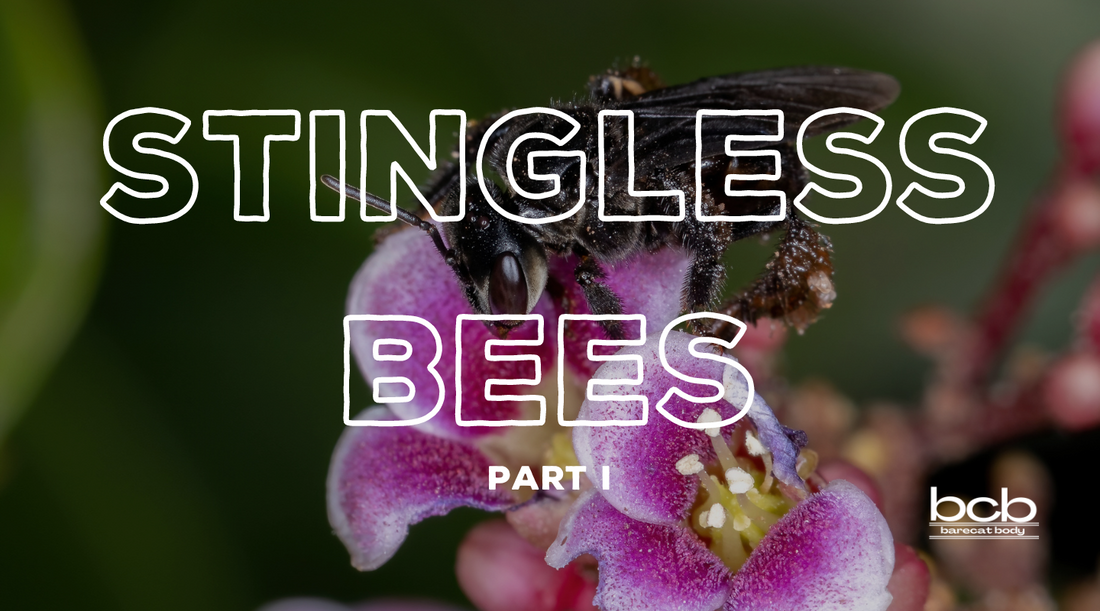
Part 1 of 3: Origins and Diversity of Stingless Bees
Share
Introduction:
Stingless bees, often overlooked compared to their honeybee counterparts, play a vital role in pollination and honey production in various ecosystems worldwide. In this three-part series, we delve into the fascinating world of stingless bees, exploring their origins, regional diversity, and the benefits of their honey.
Section 1: Origins of Stingless Bees
Stingless bees have a rich evolutionary history dating back millions of years. Originating from tropical regions, these bees have adapted and diversified over time to inhabit diverse habitats across the globe. From the Amazon Rainforest to Southeast Asia and Africa, stingless bees have evolved unique characteristics suited to their environments.
Evolutionary History:
Stingless bees belong to the family Apidae, subfamily Meliponini, and are closely related to honeybees and bumblebees. Fossil records indicate that stingless bees have been around for over 80 million years, evolving alongside flowering plants. Their evolutionary success can be attributed to their efficient pollination strategies and social organization within colonies.
Taxonomy and Classification:
Stingless bees encompass a diverse range of genera and species, each with its unique characteristics and behaviors. Genera such as Melipona, Trigona, and Tetragonula are among the most well-known, with numerous species distributed across different continents. These bees exhibit remarkable diversity in size, coloration, nesting habits, and foraging behavior.
Section 2: Stingless Bees Around the World
Stingless bees thrive in a variety of habitats, ranging from tropical rainforests to subtropical and temperate regions. Their distribution is closely linked to the availability of flowering plants and suitable nesting sites. Let's explore the regional diversity of stingless bees and their significance in different parts of the world.
Tropical Regions:
Tropical areas, particularly the Amazon Rainforest, are biodiversity hotspots teeming with stingless bee species. The dense vegetation and abundant floral resources provide an ideal habitat for these bees to thrive. In regions like Brazil and Colombia, indigenous communities have long relied on stingless bee honey for sustenance and cultural rituals.
Subtropical and Temperate Regions:
While stingless bees are most commonly associated with tropical climates, they also inhabit subtropical and temperate regions. In countries like Australia and South Africa, stingless bee species have adapted to cooler climates, demonstrating their resilience and ability to colonize diverse environments.
Conclusion:
In this first part of our series, we've explored the origins and diversity of stingless bees, shedding light on their evolutionary journey and global distribution. Stay tuned for the next installment, where we'll delve into the nutritional and medicinal benefits of stingless bee honey in different regions.
